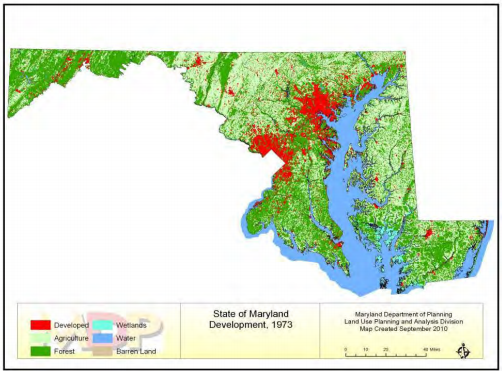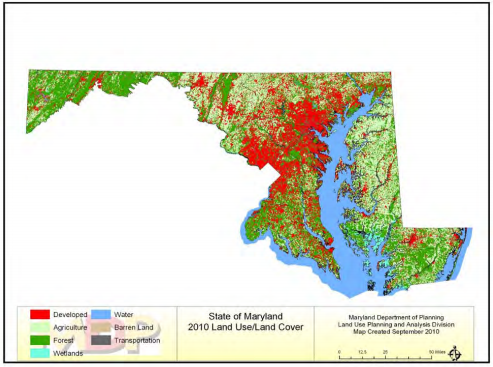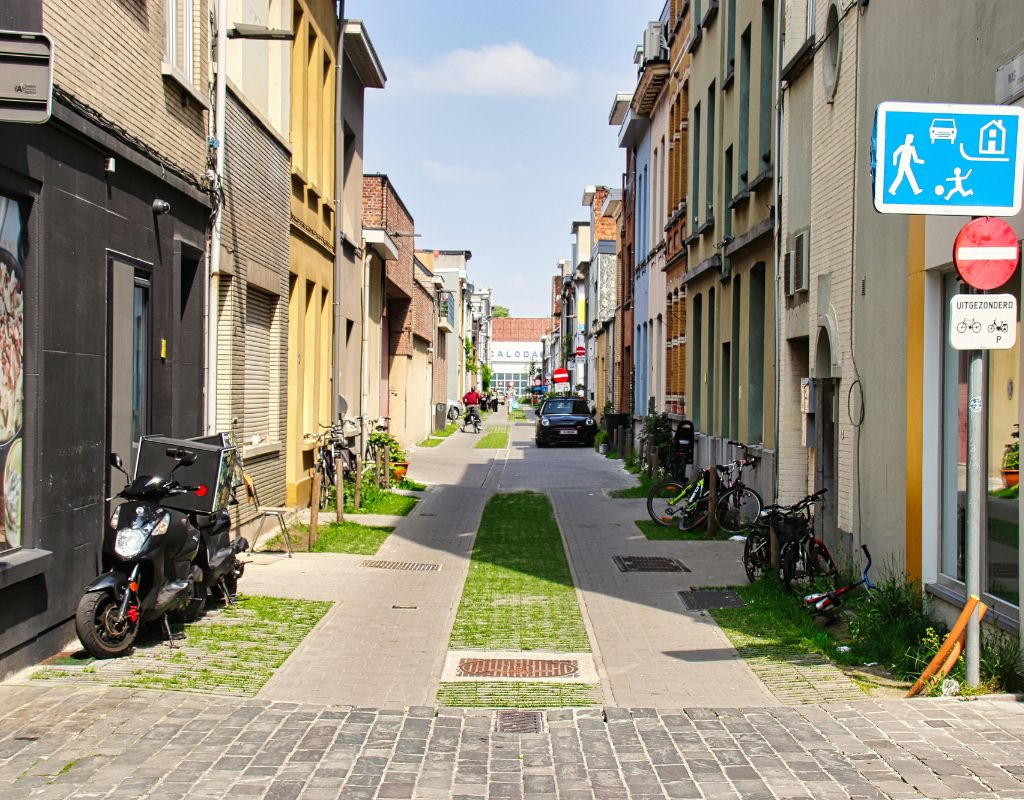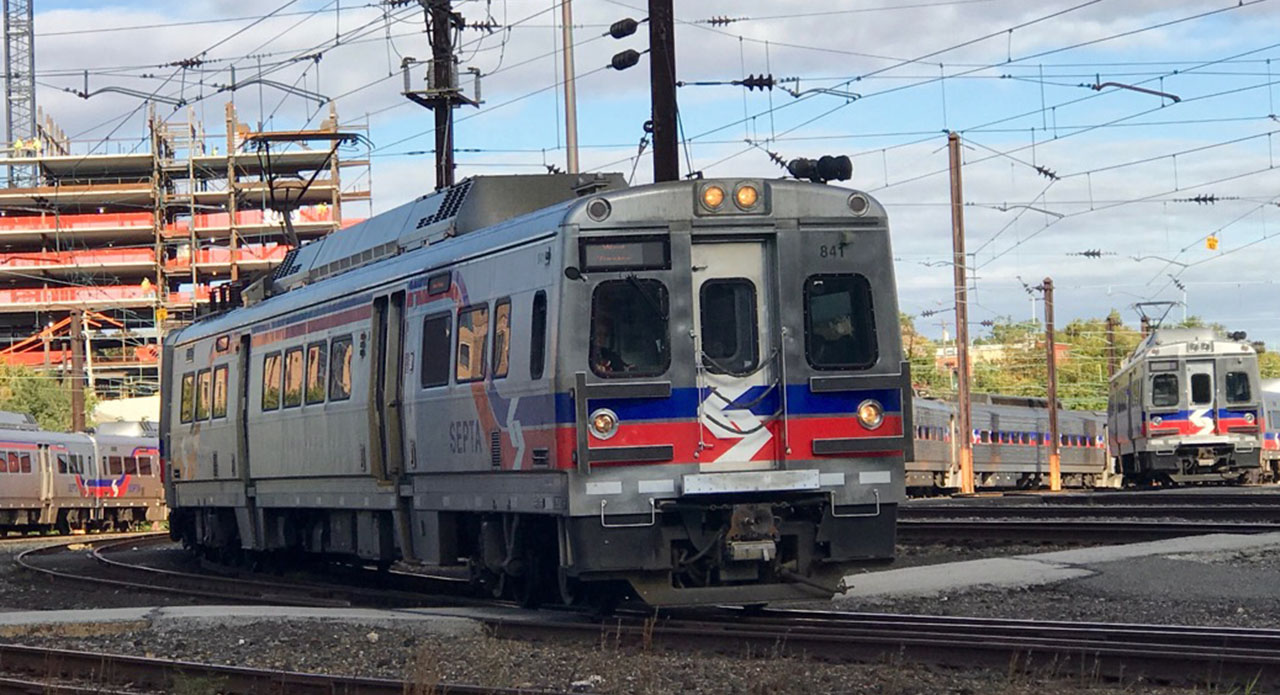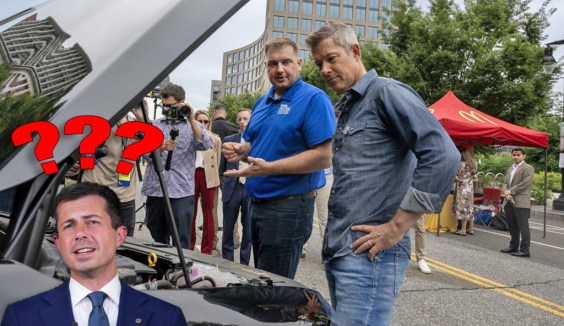The state of Maryland took a bold step to rein in sprawl this week, when Governor Martin O’Malley signed into law PlanMaryland, the state's first comprehensive plan for sustainable growth.
The plan is intended to reverse the steady march of low-density development that has, over the last few decades, swallowed up much of Maryland's farmland, swelled highway traffic and drained wealth from cities -- notably Baltimore.
Under the plan, Maryland will officially designate some areas for development, while other areas will be preserved for agricultural uses or preservation. Designated "growth areas" and established communities will receive preferential funding status for state resources.
It is estimated that the program will save $29 billion in road and school construction as well as preserve 300,000 acres of farmland and forest over the next 25 years.
Governor O'Malley, former mayor of Baltimore and a leading proponent of the plan, has shown an impressive amount of courage and conviction, even as the plan has been attacked by some rural interests as "a socialist plot," or "a war or rural Maryland."
The plan was enacted without legislative approval, based on a 1970s state law that requires Maryland to create a "development plan."
O'Malley told the Washington Post this summer: "This is not a wall that prohibits counties from making stupid land-use decisions. They’re still free to do that, but we’re not going to subsidize it any more.”
According to Maryland's Planning Department, about 500,000 acres of farmland were lost to development between 1982 and 2007 - or one-fifth of the farmland that existed in 1982. The state of Maryland is expected to grow by 1 million people over the next 20 years. At the rate the state has currently been sprawling, that would result in the loss of about half a million acres to development.
In addition, low-density development, and the flight from cities, has made the state very car-dependent. According to the Maryland Department of Planning, 73 percent of the state's population drives alone to work and only 36 percent live within one-half mile from a transit station.
Gov. O'Malley told Atlantic Cities recently: "If 40 years ago we had actually implemented a statewide development plan, you might have a very different state now. You'd have a very different Baltimore city right now."
The state will spend the next six months determining which areas will be designated for growth, but O'Malley has indicated that most of that will be concentrated in the Washington-Baltimore mega-region.
Parris Glendening, former Maryland governor and smart growth leader explained his support for the plan in blog post for Smart Growth America.
I want my grandchildren to enjoy the beauty of Patapsco Valley State Park and the bustling downtown of historic Annapolis. I want them to be able to eat food grown in the Chesapeake Bay watershed, and to find a job here. I want Maryland to be a place they will love.
